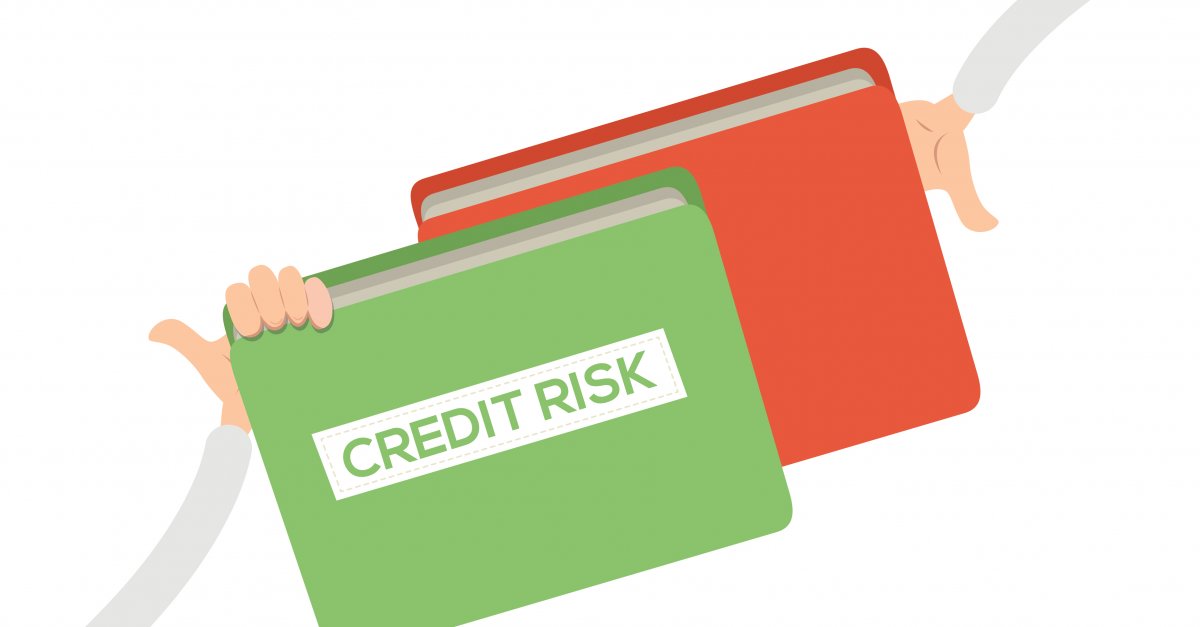Am I Extending My Customers Too Much Credit? Shouldn’t Closeouts Be Paid For Quickly?

On the surface, extending credit to customers seems like a no-brainer since it can be a great way to attract customers and build profitable, long-term relationships with them. But there is more to it than that. Offering credit to a customer, especially a new customer, is not something to jump into in your haste to close a deal. For starters, when businesses sell excess inventory they are often letting these closeouts go at a loss. For this reason alone, payment terms should be immediate. Closeout websites that promote surplus inventory and special flash sales are selling at deep discounts because they have too much inventory, it is likely they are going to sell excess inventory below cost just to get rid of it and free up warehouse space. And if the business is an Amazon seller, it is probably liquidating inventory to reduce long term storage fees. These promotions are made in an effort to have a wholesale liquidation sale to jump start sales. In each of these cases payment should be make quickly without extended terms.
Trusting your customers and offering them credit is a great way to tell your customers how important their business is to you and how much you appreciate it. They’re helping you bolster your business, so you are providing them with the option for credit so they can be flexible with their own cash flow without scrimping on what they need. But it is important to understand why closeout websites may not be entitled to the same credit terms as brick and mortar department stores. By offering credit you have made them feel as though your relationship with them is less about supply and demand and more about trust; an important part of the modern buyers vendor selection.
Virtually all importing companies experience a concept that’s known as the cash flow cycle. This is the period between the time when a business must expend cash for everything that’s required to manufacture a product (equipment, raw materials, salaries and wages, employee benefits, etc.) and when it collects cash from the customers it has granted credit. In today’s economic climate this time span can be as long as 180 days depending on the cargo situation from China, to the time it takes retailers to sell out of overstock and excess inventory leftover from any given shipment. This does not even take into consideration any markdowns and closeouts the customer will have.
The cash flow cycle starts with the conversion of cash into raw materials and then finished goods, which are delivered to customers. But if the customer has been granted credit, the business gets an account receivable in return for the product, not actual cash. The cycle isn’t complete until the account receivable is actually collected and turned back in to cash, at which point the cycle starts all over again. Cash flow is more important to closeout companies and excess inventory buyers than many other businesses. These buyers are often forced to pay cash in order to get deals on distressed inventory, obsolete products and warehouse liquidations. They may in turn be sold to closeout websites where they will be sold as part of special flash sales and closeouts. When a business has too much inventory, it may turn to a closeout liquidator that can purchase bulk quantities for cash, pickup all the inventory quickly and store it in a large warehouse where it can have a warehouse liquidation sale. Overstock liquidations are common for companies selling housewares, closeout toys and excess home accessory inventory.
The biggest danger to any import company is running out of cash during this critical period, which can stretch out as far as 90 to 120 days or even longer, depending on the production cycle, payment terms, and collection practices. Many supposedly “profitable” businesses have failed because they weren’t able to fund the gaps in their cash flow cycle. In today’s economy we are experiencing long shipping delays from Asia. It can take as long at 120 days from the time containers are loaded in China, until they are unloaded at a customers docks in the United States. Yes, this is an unusual situation but this disruption to the supply chain has been going on now for almost 12 months with no end in sight. It will lead to more canceled orders and inventory liquidations of goods arriving too late for Holiday sales. Businesses will have too much inventory leftover from Holiday sales because the containers arrived too late. This is affecting brick and mortar and online closeout websites as well. Amazon sellers have also been hard hit and many want to close down Amazon stores and liquidate Amazon inventory to avoid long term storage fees.
Merchandise USA is an inventory liquidator that buys excess inventory of toys, home accessories, closeout housewares and overstock lawn and garden products. We can help you sell your excess inventory and turn it into cash quickly.



